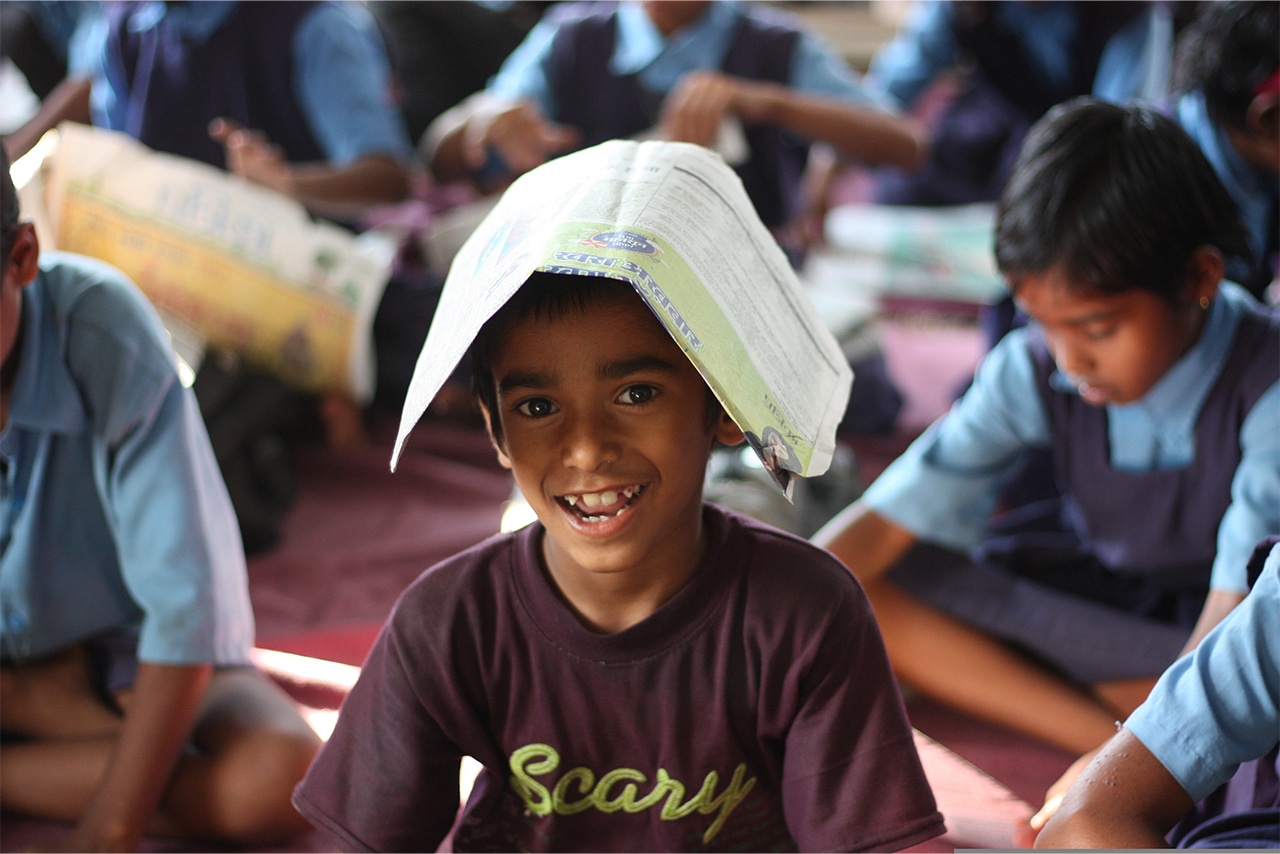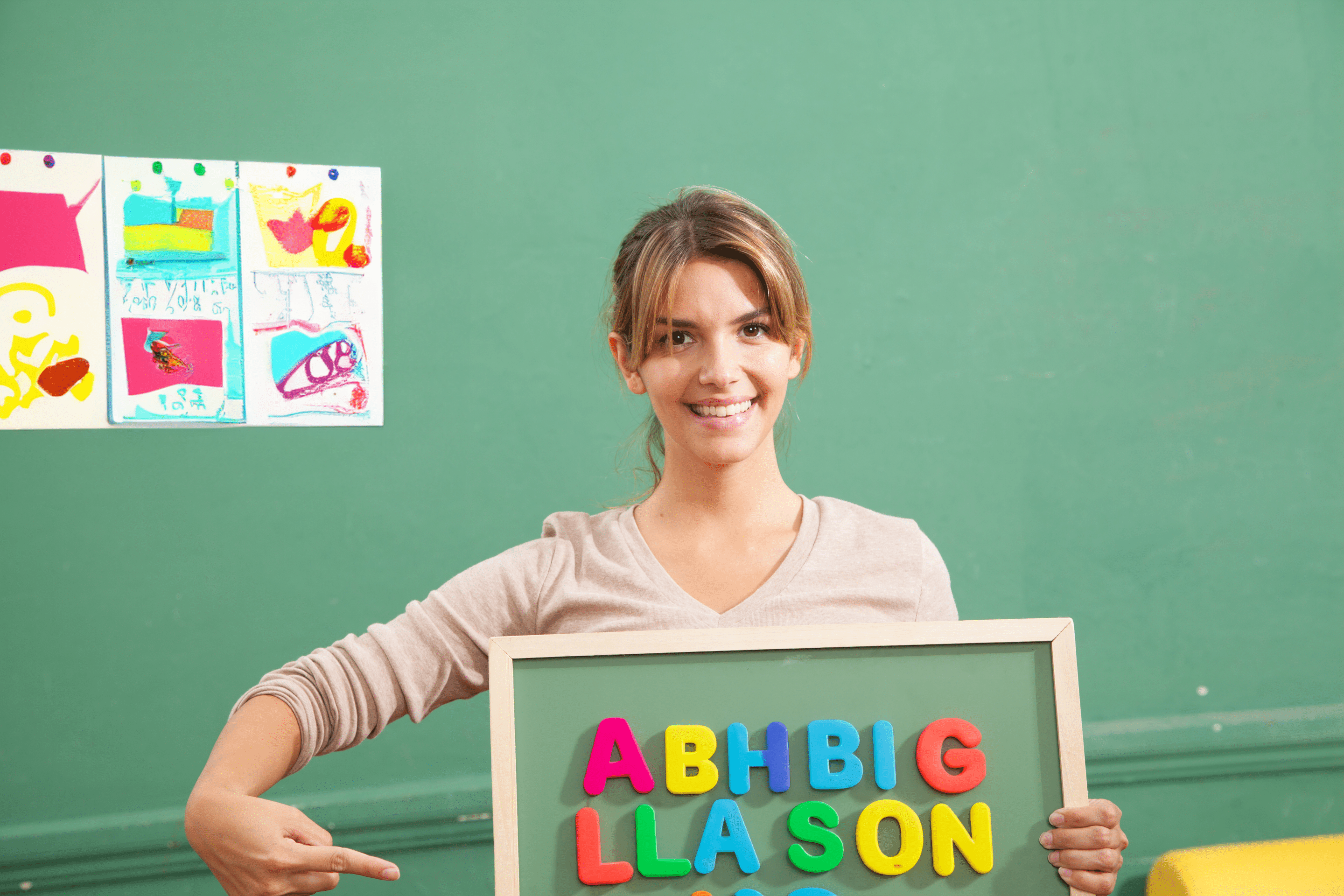When students in both groups were ranked such that the best Rails student could be compared to the best control student and the second best Rails student could be compared to the second best control, the results showed something completely unexpected: Certain students were outrunning their matching piers by 300%, 400%, 600%, 700%, 1600%, 5000%, and even more than 8000% (in three cases).

They had behavioral issues and attention problems. Reading on Rails™ was mitigating the attention problems to an astounding degree—and attention problems are more serious than anyone knew.
A student who believes he’s paying attention is often looking at the wrong word. If the teacher is pointing at the word “dog” and saying “dog” while the student is still trying to sound out “cat,” the student learns nothing about dog, and may also get confused about cat. All the eyes in a reading group must be kept synchronized to the maximum extent possible, so that the shouted answers match the words being examined by the every student.
During a Reading on Rails™ drill, words appear one at a time. As each word appears, it attracts the gaze of many kindergarteners who would otherwise be…
a) completely distracted, or
b) or studying the wrong word
Individual word appearances trigger an occular reflex: The distractable kids look at the correct words at precisely the correct times because… they can’t help it.
Of course, it doesn’t always work. If the projection screen is outside of a student’s peripheral vision because he’s looking away, the word’s appearance can’t be detected and the reflex is not triggered. In a reading group filled with “ADHD” students, the command “watch the screen” becomes a mantra… but it does work most of the time, and that’s why the benefits for inattentive students were so high. These results were a complete surprise because Reading on Rails™ was initially developed at a small private school where a comparison study wasn’t possible. Furthermore, that school’s student body may have had reading aptitudes above national averages.







0 Comments